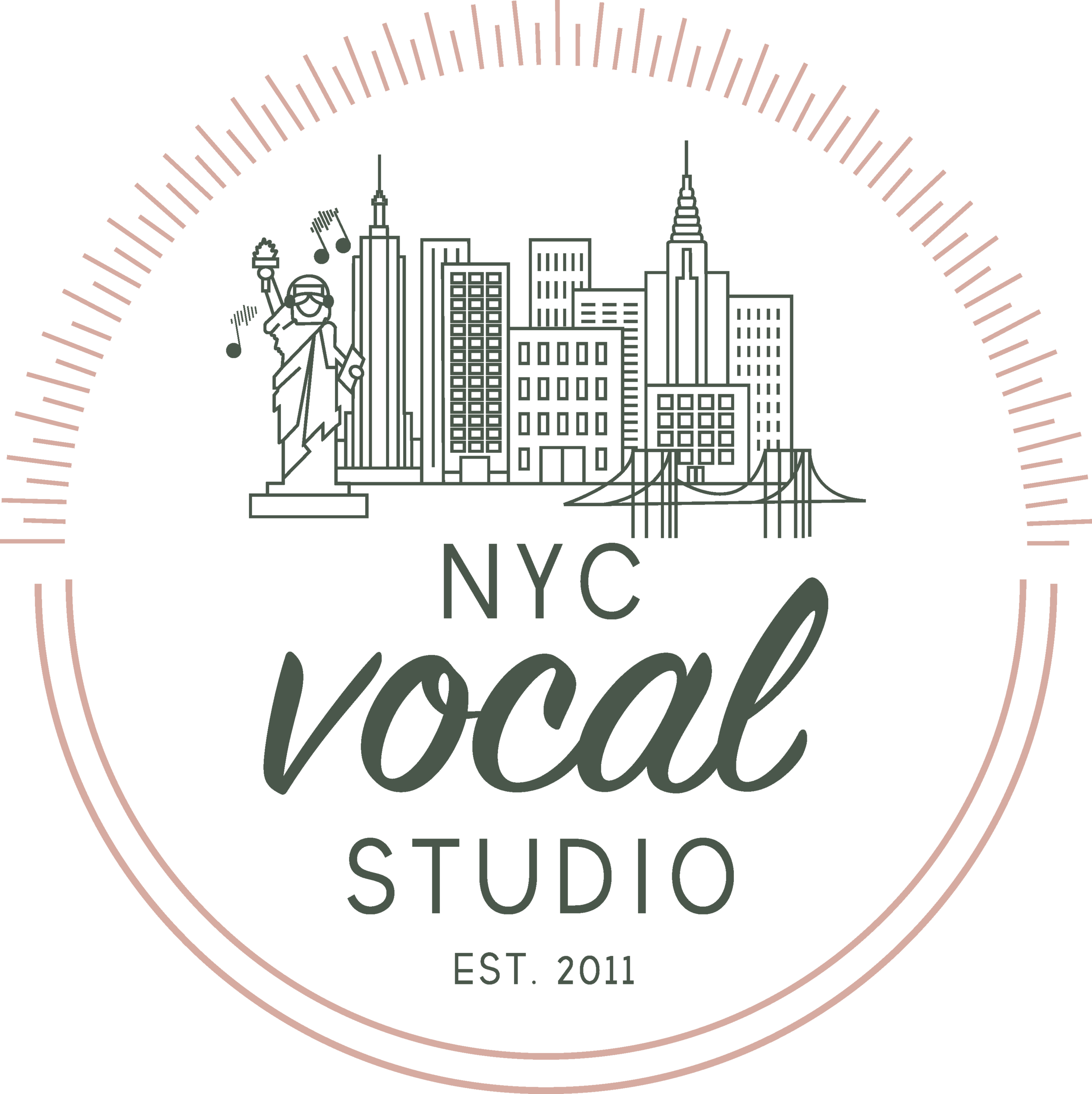Can Nuance Be Taught?
Thoughts on Whitney Houston’s iconic “Star spangled banner”
So it’s Saturday night, my husband has gone to bed, and here I am at 1am watching videos of Whitney Houston singing “The Star Spangled Banner”.
As I watched all 4 renditions I could find on YouTube(*and read the articles about how the iconic 1991 Super Bowl performance was a lip sync*) one word came to mind-
NUANCE
So much nuance. Each phrase is a masterclass in different vocal choices and colors. As a listener I’m on the edge of my seat. I don’t know where she’ll go next and it’s thrilling! Not to mention each of the 4 performances dating from 1988-1999 brought with it truly original choices.
This level of nuance was parodied in Maya Rudolph’s version of “The Star Spangled Banner” on SNL. If you haven’t watched this one, I highly recommend it as it’s hilarious and each phrase is weirder than the last. Again, you are on the edge of your seat(for completely different reasons)
So how do you sing with this much nuance, variety, and flexibility?
There are many answers to this including growing up around great singing. Whitney’s first cousin was the iconic Dionne Warwick, and Maya’s mother is the incredible Minnie Riperton. ( Google ‘em children!)
Another possibility I’d like to discuss today, is one related to breath.
“Let the Breath Respond”
You have an artistic impulse- and you allow the breath to respond to support the task at hand
I know, “Let the Breath Respond” as a catchphrase kinda sounds like a bunch of flowers and dewdrops . Nice to listen to, but is it actually helpful?
While this phrase is a simple one, achieving the ability to just “let the breath respond” is a bit more complicated. While Whitney appears to have a dynamic access to all parts of her voice(and all parts of herself), many of us encounter obstacles that keep us locked out from accessing those parts of our own voices. I have found that when singers bring clarity to those obstacles more nuance, variety, and flexibility appears. They are...
Getting Stuck in Fight/Flight mode
If you’re a singer stuck in a state of high threat (Ex: Performance Anxiety) your brain’s prioritization of survival is going to trump any hope of accessing artistic nuance. A well regulated autonomic nervous system is a gateway to creativity and authenticity. Somatic grounding practices and pranayama breath work are great tools for helping us achieve this.
The Musculoskeletal System
We have inhalation muscles and we have exhalation muscles. In our modern human lives, many of us find ourselves in a state where some muscles don't know when to turn on, and others don't know when to turn off. This imbalance may create parasitic tensions and prevent us from accessing the full spectrum of possibilities. Feldenkrais Awareness Through Movement lessons and Andrew Byrne’s “The Singing Athlete” are great resources for clearing up these connections.
“The Right Way to Breathe”
There is no one “right” way to breathe, but only the most optimal breath for the task at hand. Whitney gear shifts from a vulnerable and breathy head voice, to an empowered earth shaking belt, and those sounds and emotions require different things. Learned rigid breathing patterns and trying to override your brain’s natural inclinations may lock you up, and leave your singing more effortful and less expressive. I'd recommend varying it up. Experiment with breathing in different ways/in different positions/with different emotions and be on the lookout for what feels best.
The Vocal Folds
Breathing is one thing, singing is another. You can breath really efficiently, but that doesn’t necessarily mean your singing will be easy. In order to flexibly sing with nuance, your vocal folds and your breath have to 'play nice' and be responsive to one another. This is what allows Whitney to thrillingly turn on a dime, and the missing piece for many people who come into lessons wanting to work on their breathing. Working with straw phonation or vocal fry might be interesting ways to foster a more dynamic relationship between your vocal folds and your breath.
Trust
Letting the breath respond requires giving up the micromanaging. This is a “Jesus Take the Wheel” type moment, or rather an “Artistry Drive the Bus” type moment. Whitney achieved perfection not by being a perfectionist but rather by being daring and brave. We can set ourselves up for success by helping our breath respond better by making more options available, and letting the brain choose the best option in the moment.
If you’ve made it this far, I want to thank you for reading. I hope this allows you listen to singers like Whitney Houston with a newfound perspective and appreciation.
I also hope that this serves as a reminder that nuance is a skill you can cultivate in your own singing.
If something resonated with you I’d love to hear it, or if you’d like to discuss your own singing goals, always happy to chat!
Kevin

